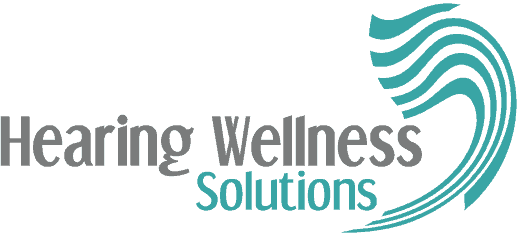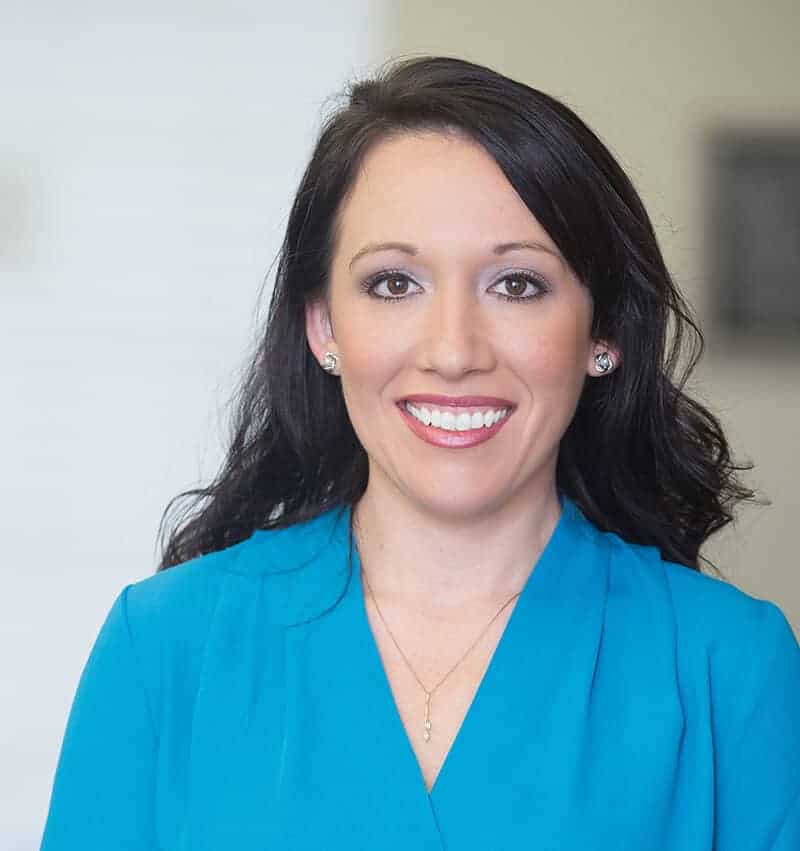Making the decision to treat your hearing loss is a difficult one, so congratulations if you’ve scheduled a hearing test.
The most common prescription for hearing loss is hearing aids. Many people wonder whether two hearing aids are really better than one. The answer to this question is yes, 90% of the time. It is important to have two hearing aids, not just one, if you have been diagnosed with bilateral hearing loss. Using two hearing aids has significant advantages. We list some of them here.
Reduced risk of ‘auditory deprivation’
Even though your ears are not muscles, depriving them of sound will make your hearing nerve and sound processing part of the brain less efficient in interpreting the auditory nerve pathways and related centers in the brain. Hearing speech becomes more challenging even when the sound is loud enough for you to hear it, especially when you are surrounded by background noise. We call this ‘auditory deprivation’.
Wearing two hearing aids ensures that each ear absorbs sound and receives the stimulation it needs to perform at maximum ability. A recent study by the American Academy of Audiology compare the word recognition capacities of people with one hearing aid and two hearing aids. Researchers discovered that a considerably higher number of study subjects using only one hearing aid had a decrease in word recognition relative to those who had two hearing aids.
Increased spatial sound awareness
A great advantage of wearing two hearing aids is that they will help restore your sound localization abilities. While using a single hearing aid can help us hear speech when it is delivered directly to the hearing ear, two hearing aids allow you to engage in speech regardless of the direction from which it comes, and make it easier to follow conversations, particularly between multiple people. It can also keep you physically safer, particularly when you are trying to navigate crowded and unfamiliar places.
Reduce background noise
Background noise is the most frustrating problem for those with hearing loss. Noisy conditions make it much harder to hear and understand when engaged in conversation. While hearing aids have come a long way towards reducing the effects of background noise, this benefit is minimized when you are only using one hearing aid.
This is because our bodies are designed to understand speech and other sounds using the sound input from both ears. If only one ear is completely used, the brain needs to work harder to understand other people, leading to increased tiredness of listening and more conversational difficulties. For this reason, most people see much more value when wearing two hearing aids when understanding others in noisy places.
Enjoy better sound quality
Evidence has shown that wearing two hearing aids makes conversation clearer sounding, allowing for a better understanding of the speech. The study concluded that there was a marked improvement in sound quality and comprehension and improved speech discrimination test scores for participants who had two hearing aids relative to those who wore hearing aids in just one ear.
Lower volume hearing
Have you ever decided to listen to music wearing just one earbud? If so, it’s likely you had to raise the volume just so you could hear it better. This is exactly what we do when we wear only one hearing aid.
Some hearing loss sufferers who use just one hearing aids often have to crank the volume up and/or feel like they are being “shouted at” by people they speak to. High volume hearing often causes gain and feedback issues, as the amplifier of the hearing aid is more likely to pick up its own distorted signal.
Using two hearing aids, on the other hand, allows patients to listen at a more relaxed level and reduce the impact of high gain and feedback. There is no need to block out background sounds because each ear is distorted–both ears should work together to hear speech and other sounds.
Hearing Wellness Solutions
Help is at hand, regardless of the configuration and degree of your hearing loss. Contact us today to schedule an appointment and find out more how we can help you.


